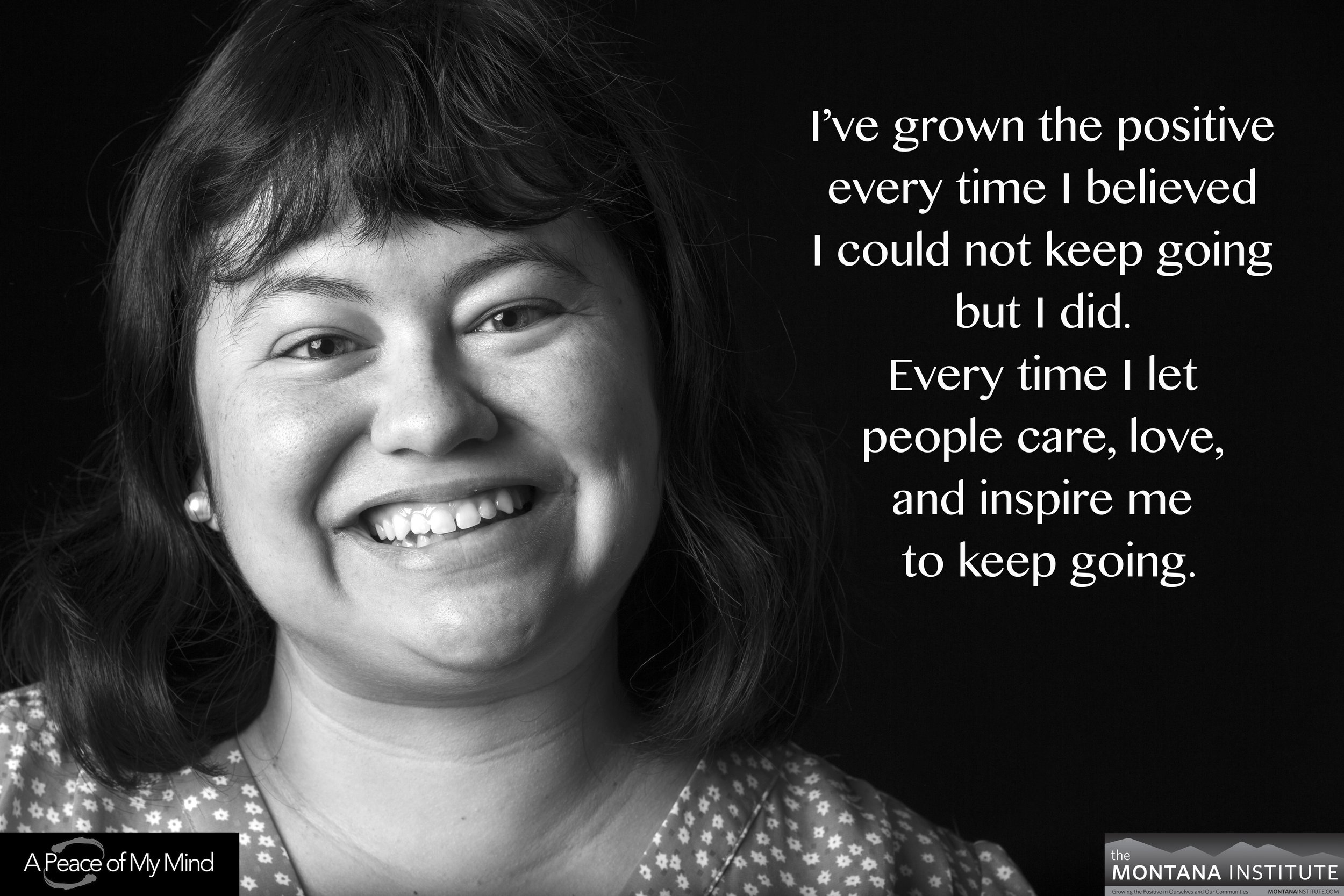Speaking in Freddish: Inspiration from Mr. Rogers
/Source: Won’t You Be My Neighbor
We at TMI were deeply inspired by “Won’t You Be My Neighbor,” the documentary about the work of Fred Rogers. Mr. Rogers, as he was known in his public television show, dedicated his career to communicating with young children. According to the book, “The Good Neighbor: the Life and Work of Fred Rogers,” Mr. Rogers developed a rigorous system for editing his scripts to make sure his words would reach children in the spirit they were intended. We were touched by his process, which reminded us of the care we take in crafting Positive Community Norms messages in a way that does not stigmatize, cause harm, or promote misperceptions. We hope you enjoy this excerpt:
There were nine steps to Freddish translation.
First, state the idea you wish to express as clearly as possible, and in terms preschoolers can understand. Example: “It is dangerous to play in the street.”
Second, rephrase in a positive manner, as in “It is good to play where it is safe.”
Third, rephrase the idea, bearing in mind that preschoolers cannot yet make subtle distinctions and need to be redirected to authorities they trust. As in, “Ask you parents where it is safe to play.”
Fourth, rephrase your ideas to eliminate all elements could be considered prescriptive, directive or instructive. (i.e., “ask): Your parents will tell you where it is safe to play.”
Fifth, rephrase any element that suggests certainty. (i.e., “will”) “Your parents CAN tell you where it is safe to play.”
Sixth, rephrase your ideas to eliminate any element that may not apply to All children (as in, having PARENTS): “Your favorite GROWN-UPS can tell you where it is safe to play.”
Seventh, add a simple motivational ideas that gives preschoolers a reason to follow your advice: “Your favorite GROWN-UPS can tell you where it is SAFE to play. It is good to listen to them.”
Eighth, rephrase your new statement, repeating step one (i.e., GOOD as a personal value judgement): “Your favorite GROWN-UPS can tell you where it is SAFE to play. It is important to try to listen to them.”
Ninth, rephrase your idea a final time, relating it to some phase of development a preschooler can understand (i.e., growing): “Your favorite GROWN-UPS can tell you where it is SAFE to play. It is important to try to listen to them. And listening is an important part of growing up.”
For those of us who grew up watching Mr. Rogers, we would never have guessed the work that he put in to making sure his words were kind, comforting, and useful.




